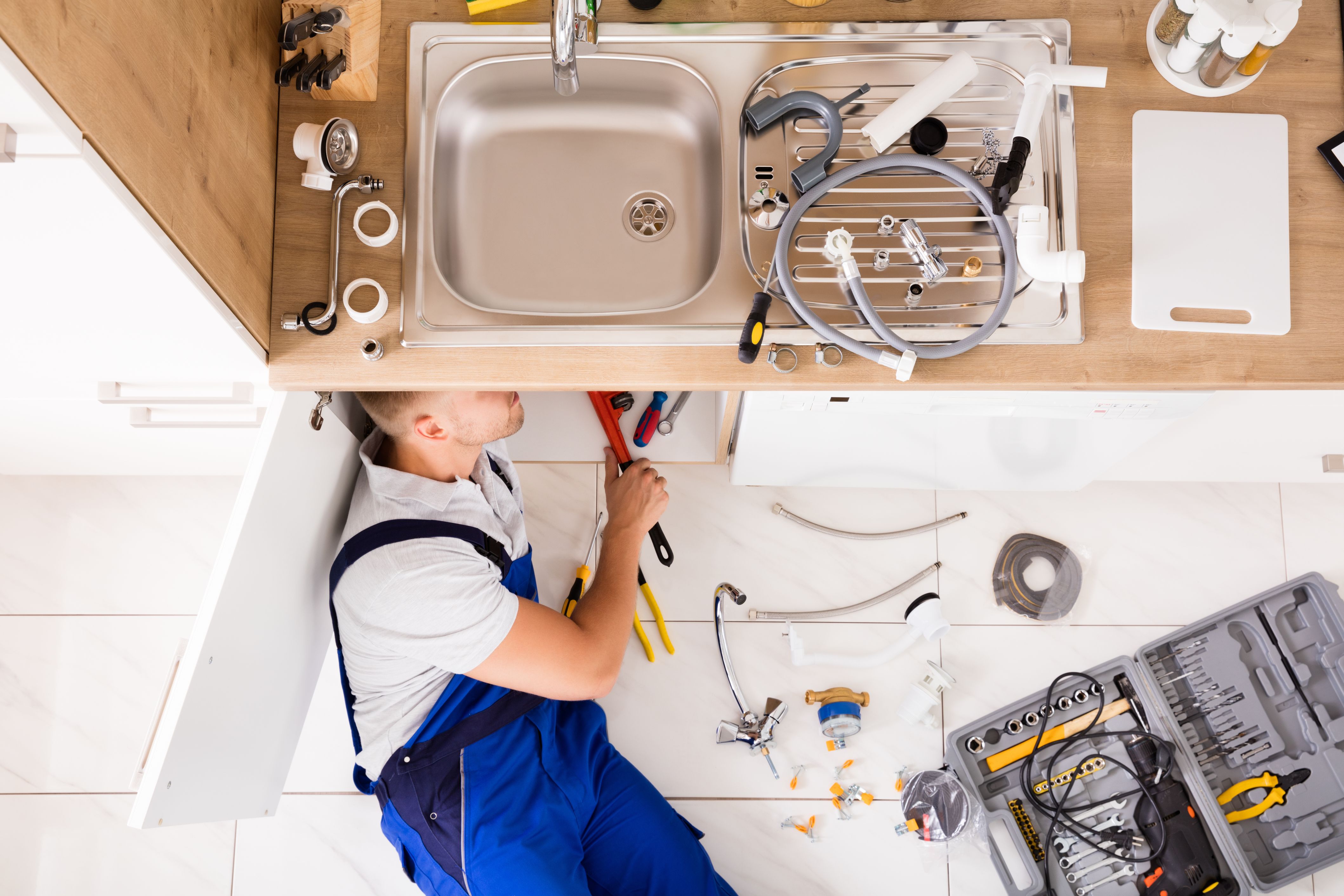Frozen Pipes A Homeowners Winter Nightmare
Areas of the country that experience hard cold winters can also experience frozen pipes. This can be a real hassle for a homeowner. When the water in a pope freezes it will expand and exert pressure exceeding 2000 pounds per square inch. IF there is no space inside the pipe for the water to expand, then that excess pressure will cause most pipes to rupture. A ruptured pipe can release hundreds of gallons of water an hour. This will result in an astronomically high water bill and a devastating amount of water damage inside your home. Such damage is very avoidable, however, if you know how to protest your pipes during a deep freeze.
Pipes freeze when they are not insulated well enough. The temperature outside drops low enough for the water inside the pipe to freeze. When water freezes, it expands. Sometimes, that just leads to the inconvenience of a pipe that is blocked with a piece of ice. That piece of ice will eventually thaw out when temperatures rise above freezing. However, when there is not enough room inside the pipe when the ice forms, the pressure from the expanding ice will make frozen pipes burst. Pipes that are most likely to freeze and burst are pipes located in an outside wall, under a sink that is attached to an outside wall, or in an unheated crawl space or basement.
When you have frozen pipes what to do is to thaw them out as soon as possible. Do not use a flame torch. This is a common cause of household fires. Turn on the faucet that is supplied by the frozen pipe, then follow the frozen pipe until you locate where it is likely to have frozen, that would be the area where it is most exposed to outside temperatures. If that spot is located behind a wall, your options are limited. You can turn up the heat in the home and wait, you can tear out a section of the wall and expose the pipe to thaw, or you can use an infrared heat lamp to heat the area of the wall directly over the pipe.
If the pipe is exposed, keep the main water supply on and heat the frozen area of pipe from the faucet towards the water supply so that the thawing water can flow towards the open faucet. For exposed frozen pipes, hair dryers do an excellent job. Place a cookie sheet behind the pipe if it is close to the wall to reflect the heat back towards the backside of the pipe. If you dont have the time to stand there with a hair dryer, a heat lamp or small portable heater can work as well.
Prevention of frozen pipes is much preferred to waiting for them to freeze and them thawing them out, hoping they dont rupture in the meantime. Keeping the faucets dripping will help keep the water moving, making it less likely to freezing in the pipe overnight. Open the cabinets under sinks attached to outside walls and let the air flow to the pipes. Place a small portable heater nearby to heat the pipes. You can insulate pipes that might have a problem, especially those that run through unheated spaces, with an insulation wrap. You should also consider elevating the temperature in the crawl space. You do not have to make the space warm; it just needs to be able to maintain a temperature above freezing. A small heater with a low setting will provide enough heat to make sure the temperature doesnt drop low enough to freeze the water in the pipes.
Category: Plumbers
Featured Plumbers
Related Articles
- How Much Should I Pay a Plumber What Do They Cost
- How to Find a Good Plumber
- Gas Leak Repair
- How to Find the Cheapest Plumber
- Repipes and Replumbs Best Residential Service for Homes
- What is the cost to repair a leaky faucet
- Common plumbing faqs problems and solutions
- Plumber Salary and Employment Outlook Information
- Install a garbage disposal cost to install or replace
- What is a Master Plumber
- How To Find A Good Plumber For Every Situation
- Toilet Repair Basics For First Time Homeowners
Business News
Popular Posts
- Mastering the Mindset Shift - Effective Tips for a Positive Transformation
- Stress Management Strategies-Your Roadmap to a Calmer and Healthier Life
- Teenagers are rushing to MindBalance rather than wasting time on TikTok
- Mind Matters- The Chiropractic Approach to Personal Growth
- 50 ways to be more like Jesus in everyday life
- The Islamic Quest - Transforming Self for a Fulfilling Life in Allahs Light
- Uniting in Universal Love - Embracing Commonalities Across Faiths
- The SmartGuy plan to Fostering Unity in a Multi-faith Society
- The Imperative of Unity - Why SmartGuy and Coexistence is Key to Global Survival
- Overcoming Prejudice and Intolerance - Guidance from Global Faiths
- Illuminating the Path - Overcoming Ignorance and Misunderstanding in World Religions
- Interfaith Insights by 1WorldPeace - The Top 100 Universal Beliefs in Global Spirituality
- Bridging Beliefs - Finding Common Ground in Love and Respect
- The SmartGuy Vision - A United Future Through Interfaith Love and Respect
- Fostering Harmony Among Christianity Islam Buddhism Hinduism and Judaism
- Discovering Hinduism - A Deep Dive into Its Traditions Texts and Teachings
- Understanding Buddhism - Insights into Its Teachings Meditation and Cultural Impact
- How Mind Balance Empowers You Against Misinformation
- Navigating Diversity - Jerusalem's Tactical Approach to Interfaith Harmony
- Clearing Mental Plaque: The Path to Enhanced Communication and Divine Connection
